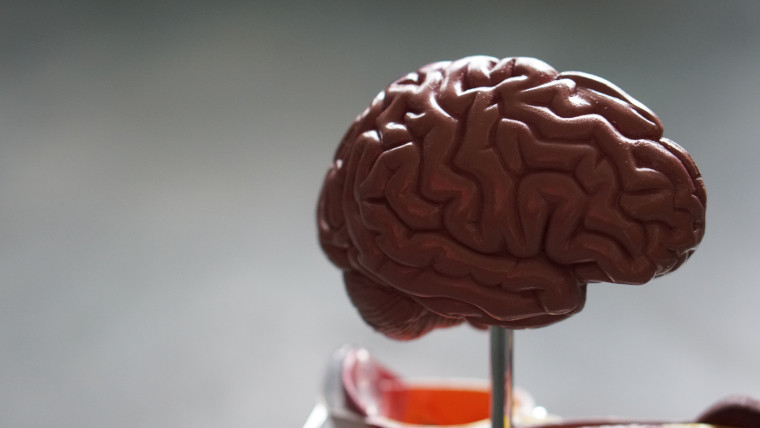
Samsung has demonstrated the world’s first in-memory computing based on Magnetoresistive Random Access Memory (MRAM). So far, MRAM has been difficult to utilise due to low resistance which makes it more power-hungry than other technologies. In a new paper, Samsung has been working to overcome this hurdle.
Explaining the benefits of MRAM and how it could be useful in next-gen AI chip technologies, Dr. Seungchul Jung, one of the authors of the paper, said:
“In-memory computing draws similarity to the brain in the sense that in the brain, computing also occurs within the network of biological memories, or synapses, the points where neurons touch one another. In fact, while the computing performed by our MRAM network for now has a different purpose from the computing performed by the brain, such solid-state memory network may in the future be used as a platform to mimic the brain by modeling the brain’s synapse connectivity.”
To make this breakthrough, Samsung researchers developed an MRAM array chip that replaces the ‘current-sum’ in-memory computing architecture with a new ‘resistance sum’ in-memory computing architecture. In an AI computing demonstration, the chip scored 98% accuracy in identifying hand-written digits while it scored 93% accuracy in detecting faces from scenes.
Samsung is interested in heightening the resistivity of MRAM because of its merits including operation speed, endurance, and the ease of producing the hardware on a large scale. If you want to check out the paper, head over to Nature’s website.
_small.jpg)



















4 Comments - Add comment